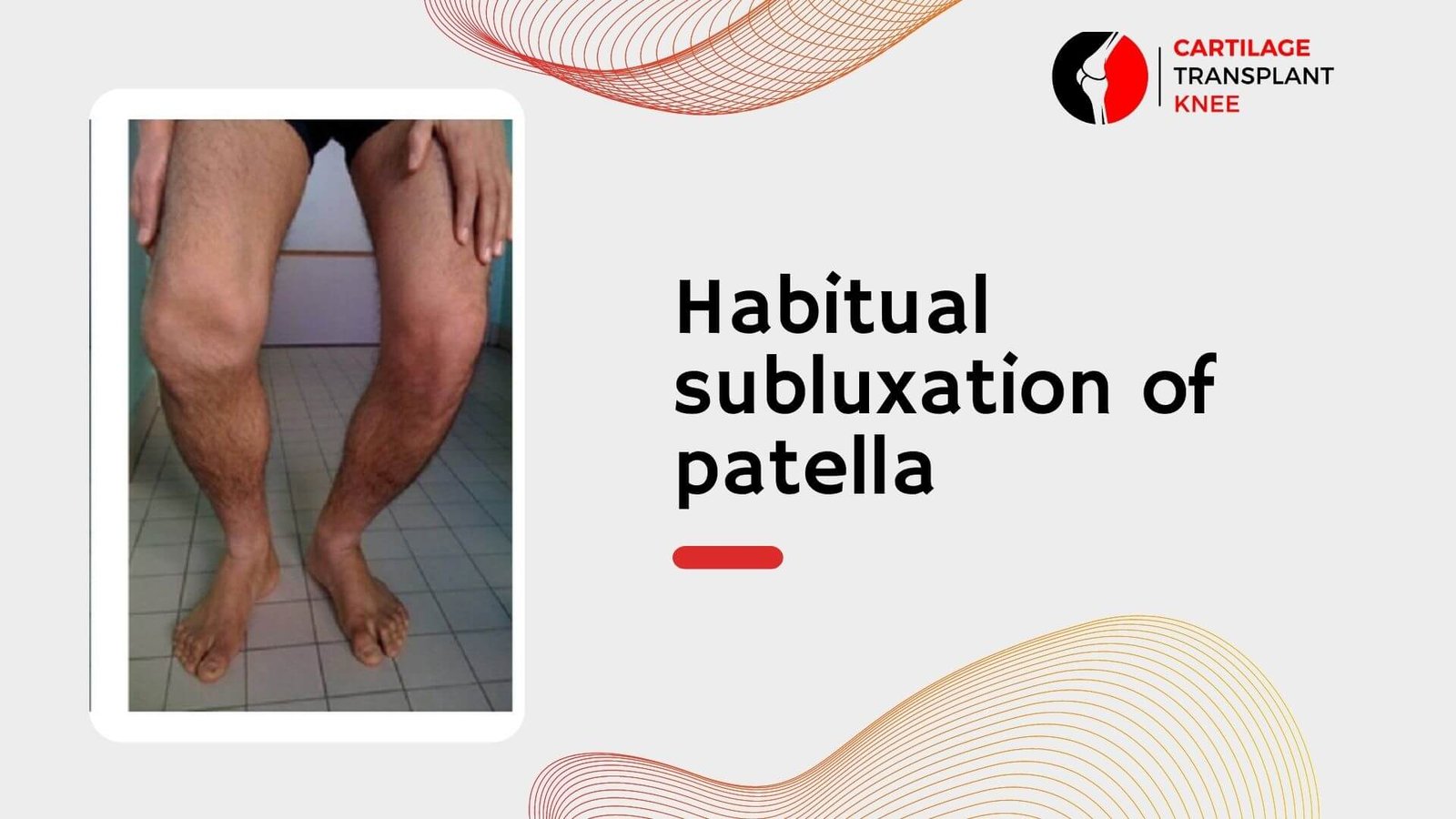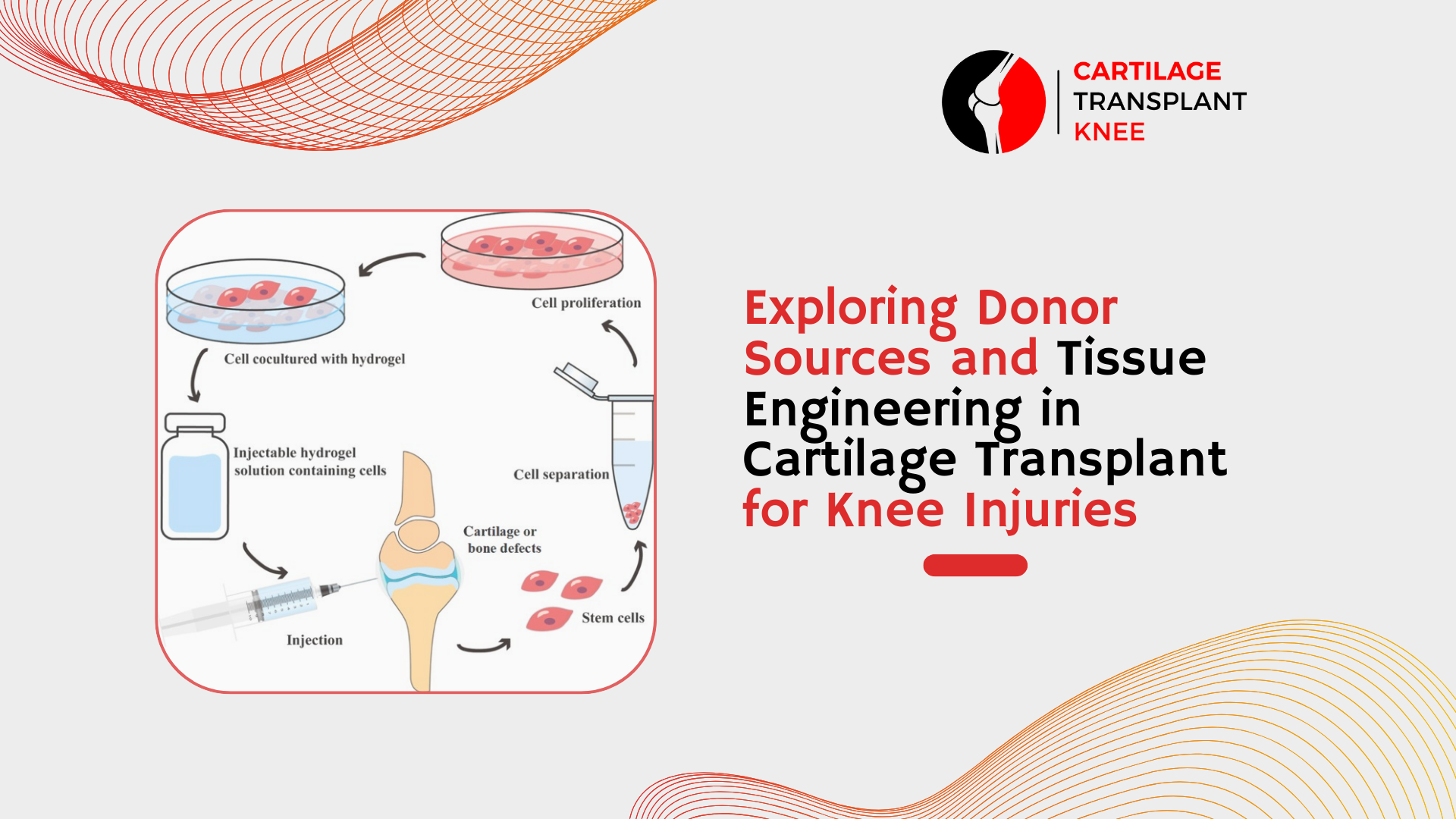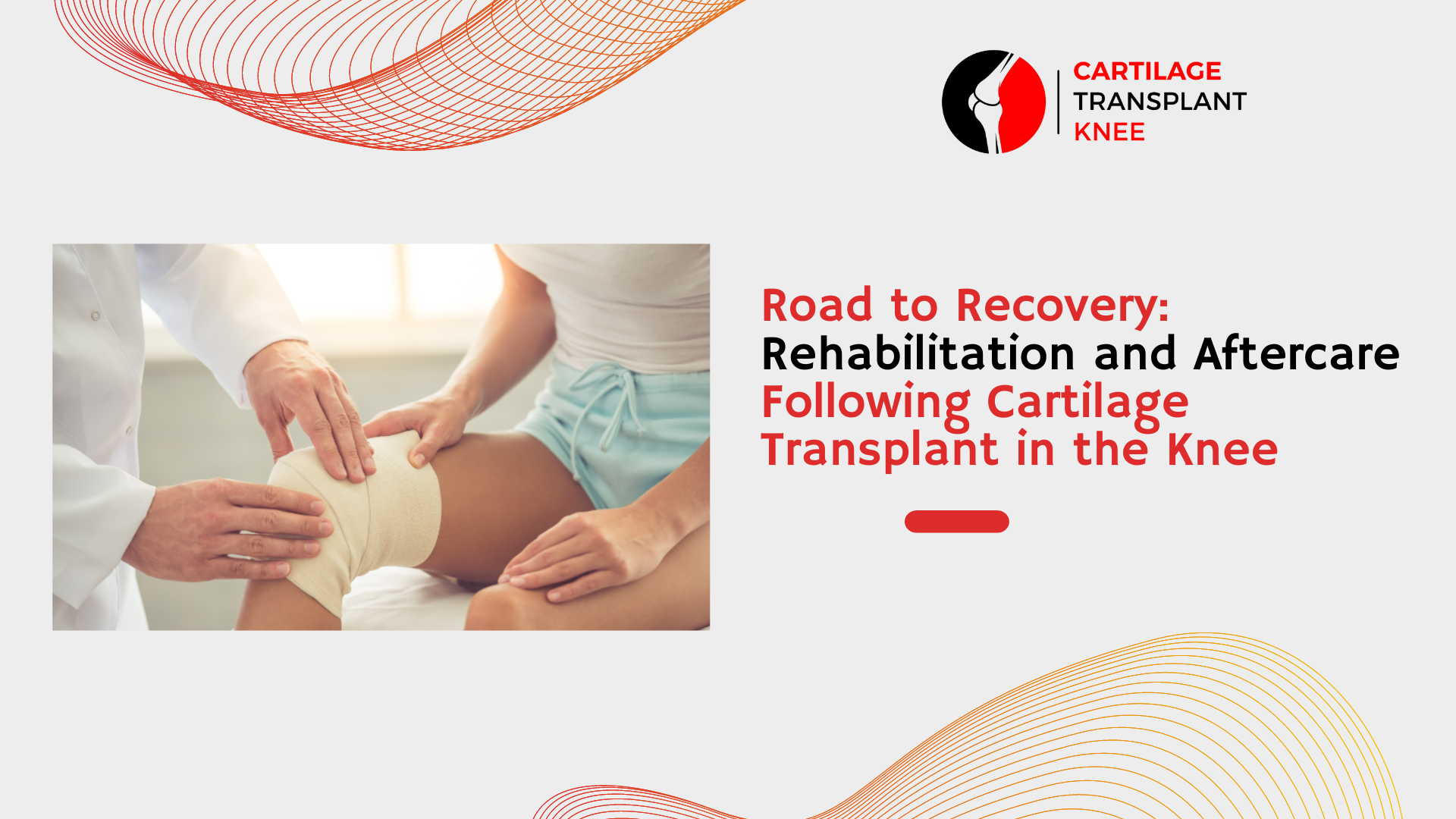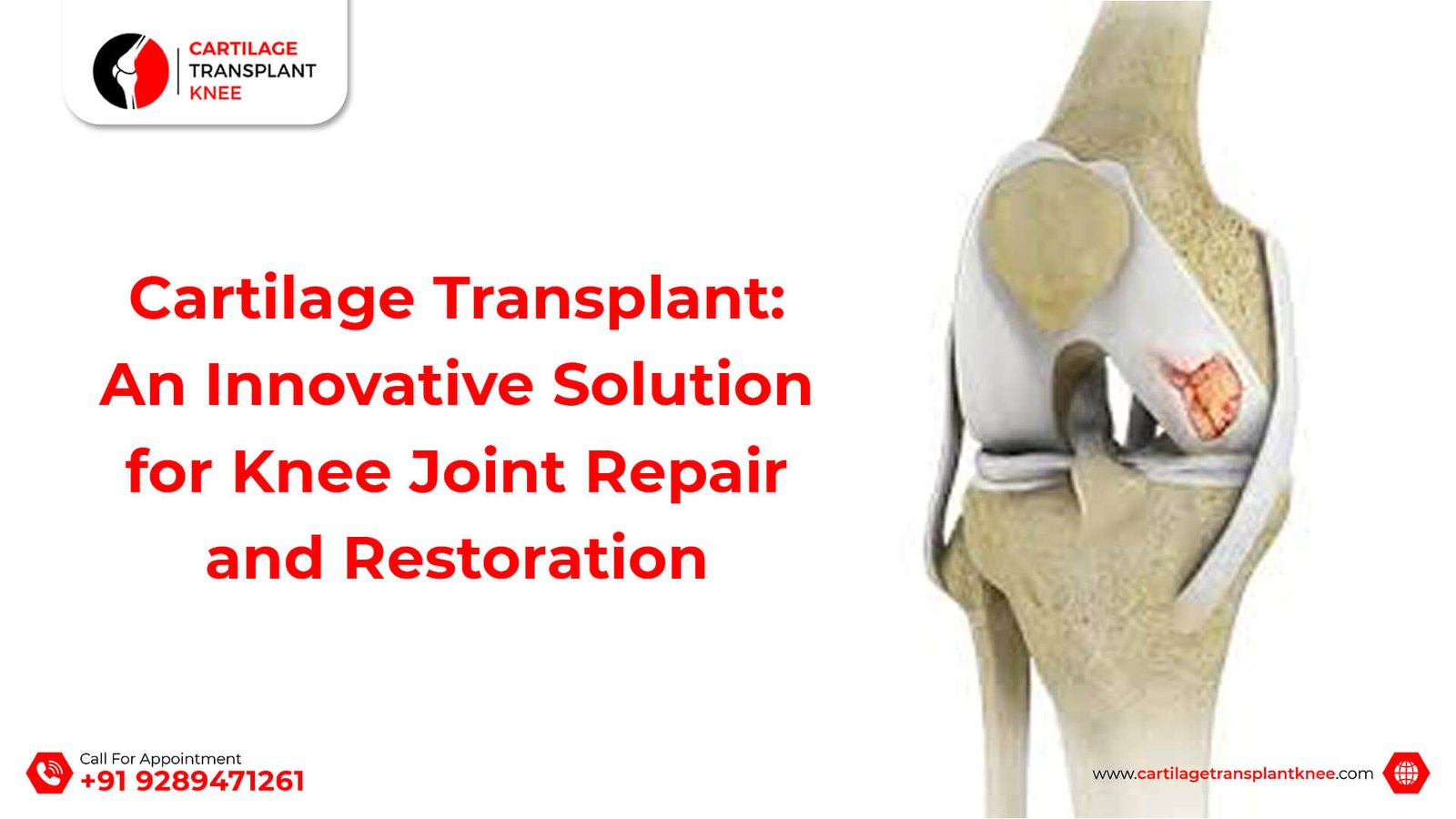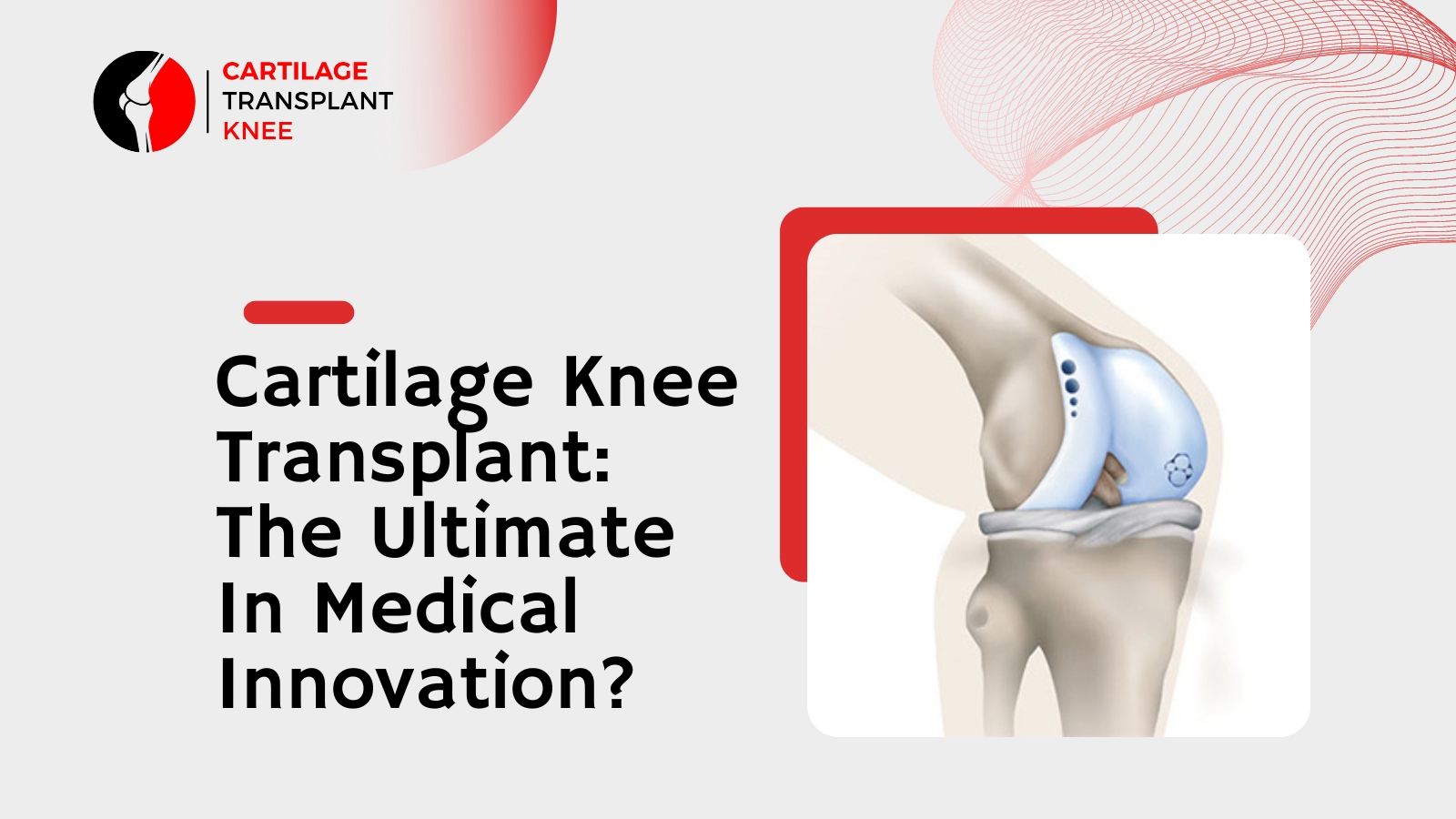Habitual dislocation of the patella is a condition where the kneecap repeatedly dislocates from its normal position due to an underlying anatomical abnormality. This condition is also known as recurrent patellar dislocation, and it can be a painful and disabling condition that requires medical attention. In this blog, we will discuss the causes and treatment options for habitual dislocation of the patella.
Causes of habitual dislocation of patella:
The patella (kneecap) is held in place by several structures, including the medial patellofemoral ligament (MPFL), which helps to prevent the kneecap from shifting towards the outside of the knee. Habitual dislocation of the patella occurs when there is an underlying anatomical abnormality that predisposes the kneecap to dislocate from its normal position repeatedly. The following are some of the common causes of habitual dislocation of the patella:
1. Abnormalities in the patellofemoral joint: Abnormalities in the shape or alignment of the patella or femur can cause the kneecap to shift towards the outside of the knee.
2. Weakness in the quadriceps muscles: The quadriceps muscles are responsible for controlling the movement of the kneecap. Weakness in these muscles can lead to the kneecap dislocating from its normal position.
3. Abnormalities in the ligaments and tendons around the knee: Abnormalities in the MPFL or other ligaments and tendons around the knee can cause the kneecap to dislocate.
4. Trauma to the knee: A direct blow to the knee can cause the kneecap to dislocate, leading to habitual dislocation over time.
Treatment options for habitual dislocation of the patella:
The treatment options for habitual dislocation of the patella depend on the underlying cause of the condition. Conservative treatment options include rest, physical therapy, and the use of knee braces to help support the kneecap and prevent further dislocations. However, in some cases, surgery may be necessary to correct the underlying anatomical abnormality.
1. MPFL reconstruction: MPFL reconstruction involves the use of a tendon graft to reconstruct the damaged ligament. The graft is taken from the patient's own body, usually from the hamstring or patellar tendon. This procedure is designed to help stabilize the kneecap and prevent further dislocations.
2. Tibial tubercle osteotomy: In cases where there is a misalignment of the knee joint, a tibial tubercle osteotomy may be performed. This involves repositioning the tibial tubercle to improve patellar tracking and stability.
3. Lateral release: Lateral release is a procedure where the tight ligaments on the outside of the knee are released to help realign the kneecap and prevent further dislocations.
4. Trochleoplasty: Trochleoplasty is a surgical procedure that involves reshaping the groove at the end of the femur to improve the alignment of the patella.
In conclusion, habitual dislocation of the patella is a condition that can be painful and debilitating. It is important to seek medical attention if you experience any symptoms of patellar dislocation. The available treatment options range from conservative measures such as rest and physical therapy to surgical intervention, depending on the severity of the condition. With proper treatment and care, most people can recover from habitual dislocation of the patella and regain normal knee function.

